Titus; Titus Caesar Vespasianus 39 – 81 CE was the Roman emperor from 79 to 81. A member of the Flavian dynasty, Titus succeeded his father Vespasian upon his death. Before becoming emperor; Titus gained renown as a military commander; serving under his father in Judea during the First Jewish–Roman War. The campaign came to a brief halt with the death of emperor Nero in 68; launching Vespasian’s bid for imperial power during the Year of the Four Emperors.
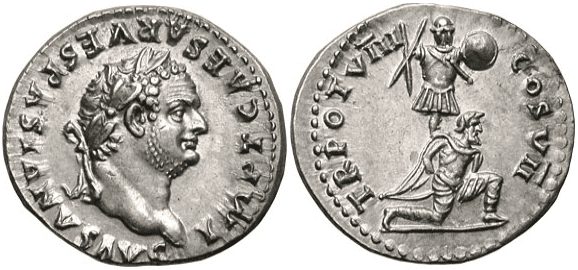
Credit: Classical Numismatic Group, Inc. http://www.cngcoins.com, CC BY-SA 3.0, via Wikimedia Commons
When Vespasian was declared Emperor on 1 July 69, Titus was left in charge of ending the Jewish rebellion. In 70, he besieged and captured Jerusalem; and destroyed the city and the Second Temple. For this achievement Titus was awarded a triumph; the Arch of Titus commemorates his victory to this day. During his father’s rule, Titus gained notoriety in Rome serving as prefect of the Praetorian Guard; and for carrying on a controversial relationship with the Jewish queen Berenice. Despite concerns over his character, Titus ruled to great acclaim following the death of Vespasian in 79 and was considered a good emperor by Suetonius and other contemporary historians.
As emperor, Titus is best known for completing the Colosseum and for his generosity in relieving the suffering caused by two disasters, the eruption of Mount Vesuvius in AD 79 and a fire in Rome in 80. After barely two years in office, Titus died of a fever on 13 September 81. He was deified by the Roman Senate and succeeded by his younger brother Domitian.
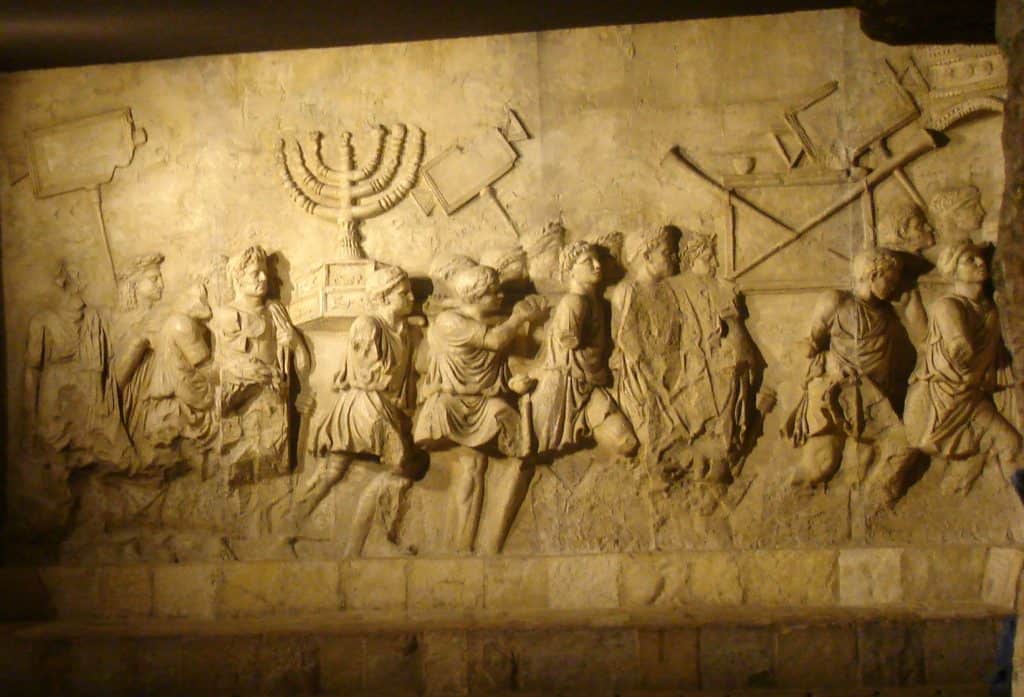
Credit: Biet Hashalom, CC BY 3.0, via Wikimedia Commons
Titus and the Judaean Campaigns
In 66, the Jews of the Judaea Province revolted against the Roman Empire. Cestius Gallus, the legate of Syria, was defeated at the battle of Beth-Horon and forced to retreat from Jerusalem. The pro-Roman King Agrippa II and his sister Berenice fled the city to Galilee, where they later gave themselves up to the Romans.
Nero appointed Vespasian to put down the rebellion, who was immediately dispatched to the region with the Fifth Legion and Tenth Legion. He was later joined at Ptolemais by Titus with the Fifteenth Legion. With a strength of 60,000 professional soldiers, the Romans prepared to sweep across Galilee and march on Jerusalem.
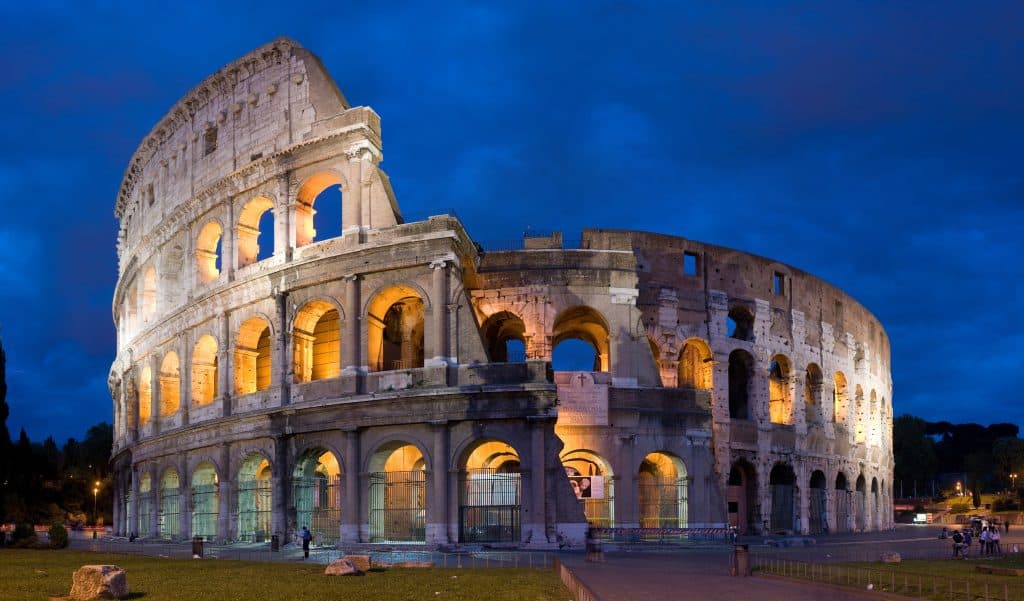
Credit: Diliff, CC BY-SA 2.5, via Wikimedia Commons
The history of the war was covered in detail by the Roman-Jewish historian Josephus in his work The War of the Jews. Josephus served as a commander in the city of Yodfat when the Roman army invaded Galilee in 67. After an exhausting siege that lasted 47 days, the city fell, with an estimated 40,000 killed. Titus, however, was not simply set on ending the war.
Surviving one of several group suicides, Josephus surrendered to Vespasian and became a prisoner. He later wrote that he had provided the Romans with intelligence on the ongoing revolt. By 68, the entire coast and the north of Judaea were subjugated by the Roman Army, with decisive victories won at Taricheae and Gamala, where Titus distinguished himself as a skilled general.
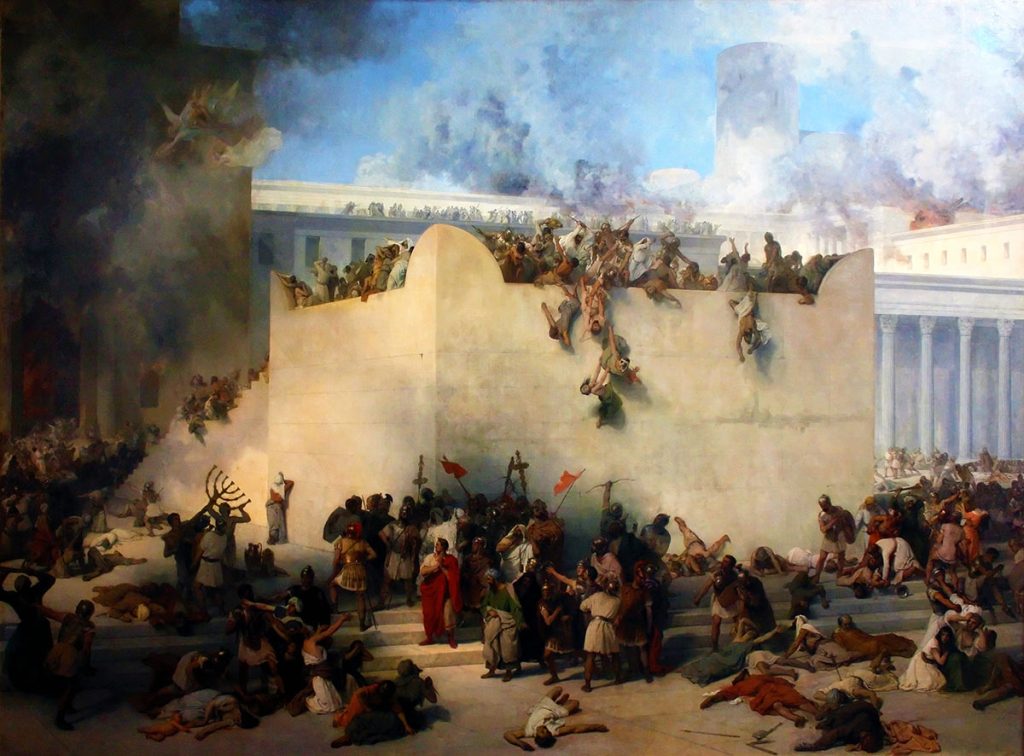
Titus and the Year of the Four of Emperors
Jerusalem was the last and most significant fortified city held by the Jewish resistance. The campaign suddenly stopped when news of Nero’s death arrived. Almost simultaneously, the Roman Senate had declared Galba, the governor of Hispania, as emperor. Vespasian decided to await further orders and sent Titus to greet the new princess.
Before reaching Italy, Titus learned that Galba had been murdered and replaced by Otho, the governor of Lusitania and that Vitellius and his armies in Germania were preparing to march on the capital, intent on overthrowing Otho. Not wanting to risk being taken hostage by one side or the other, he abandoned the journey to Rome and rejoined his father in Judaea. Meanwhile, Otho was defeated in the First Battle of Bedriacum and committed suicide. When the news reached the armies in Judaea and Ægyptus, they took matters into their own hands and declared Vespasian emperor on 1 July 69.
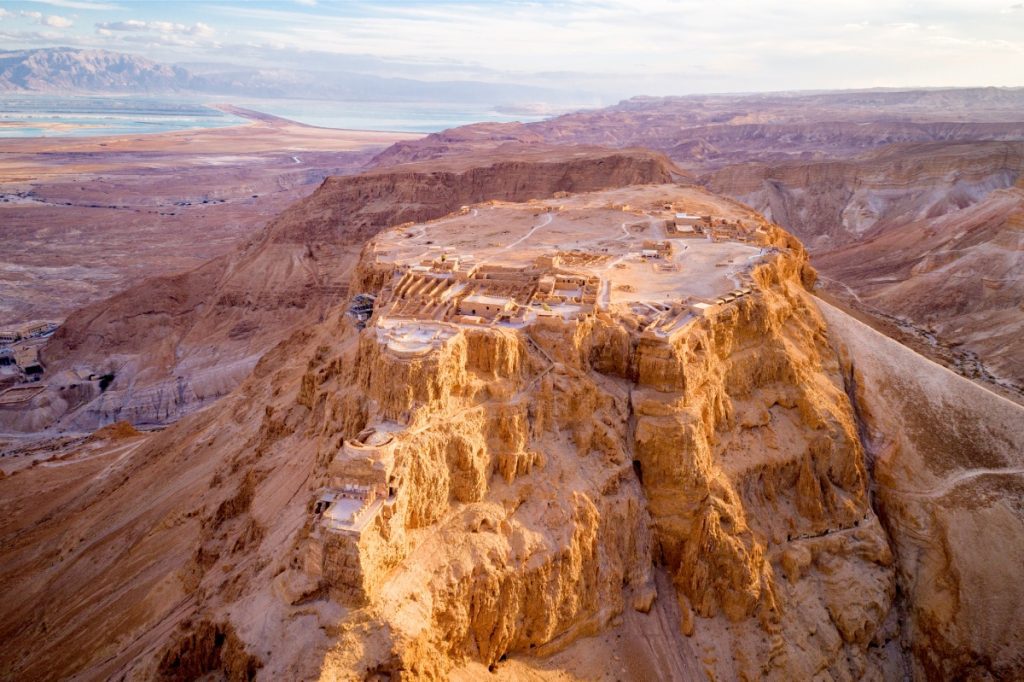
Vespasian accepted and, after negotiations by Titus; joined forces with Gaius Licinius Mucianus, governor of Syria. A strong force drawn from the Judaean and Syrian legions marched on Rome under the command of Mucianus, and Vespasian traveled to Alexandria, leaving Titus in charge to end the Jewish rebellion. By the end of 69, the forces of Vitellius had been beaten, and Vespasian was officially declared emperor by the Senate on 21 December, thus ending the Year of the Four Emperors.
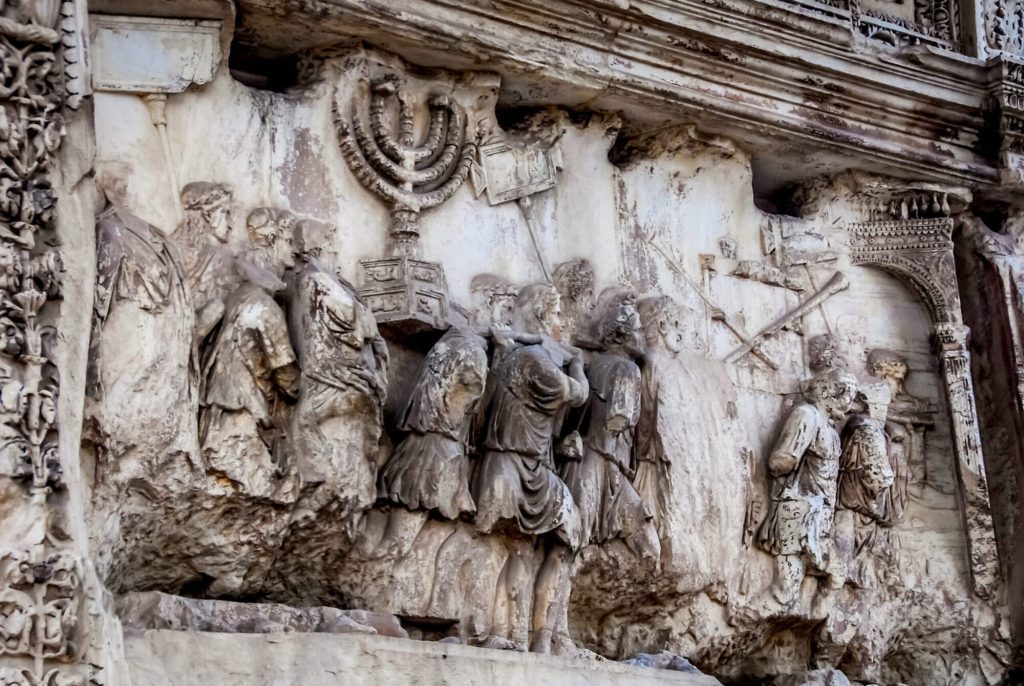
Siege of Jerusalem
Meanwhile, the Jews had become embroiled in a civil war of their own by splitting the resistance in Jerusalem among several factions. The Sicarii, led by Menahem ben Judah, could hold on for long; the Zealots, led by Eleazar ben Simon; eventually fell under the command of the Galilean leader John of Gush Halav; and the other northern rebel commander; Simon Bar Giora, managed to gain leadership over the Idumeans. Titus besieged Jerusalem. The Roman Army was joined by the Twelfth Legion, which had been previously defeated under Cestius Gallus. From Alexandria, Vespasian sent Tiberius Julius Alexander, governor of Egypt, to act as Titus’ second in command.
Titus surrounded the city with three legions (Vth, XIIth, and XVth) on the western side and one (Xth) on the Mount of Olives to the east. He put pressure on the food and water supplies of the inhabitants by allowing pilgrims to enter the city to celebrate Passover and then refusing them egress. Jewish raids continuously harassed the Roman Army, one of which nearly resulted in Titus being captured.
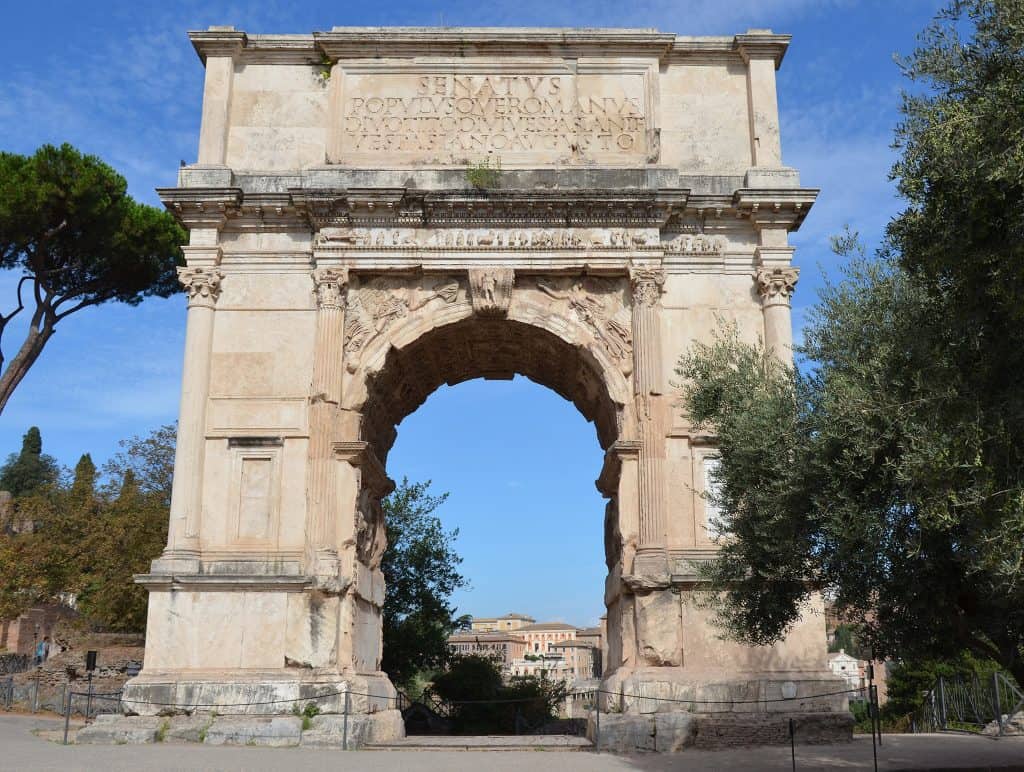
Credit: Carole Raddato from FRANKFURT, Germany, CC BY-SA 2.0, via Wikimedia Commons
After attempts by Josephus to negotiate a surrender had failed, the Romans resumed hostilities and quickly breached the first and second walls of the city. Titus ordered deserters from the Jewish side to be crucified around the city wall to intimidate the resistance. By that time the Jews had been exhausted by famine, and when the weak third wall was breached, bitter street fighting ensued.
Jerusalem Is Destroyed
The Romans finally captured the Antonia Fortress and began a frontal assault on the gates of the Second Temple. As they breached the gate, the Romans set the upper and lower city aflame, culminating with the destruction of the Temple. When the fires subsided, Titus ordered to destroy the remainder of the city; allegedly intending that no one would remember the name Jerusalem. The Temple was demolished, and Titus’s soldiers proclaimed him imperator in honor of the victory.
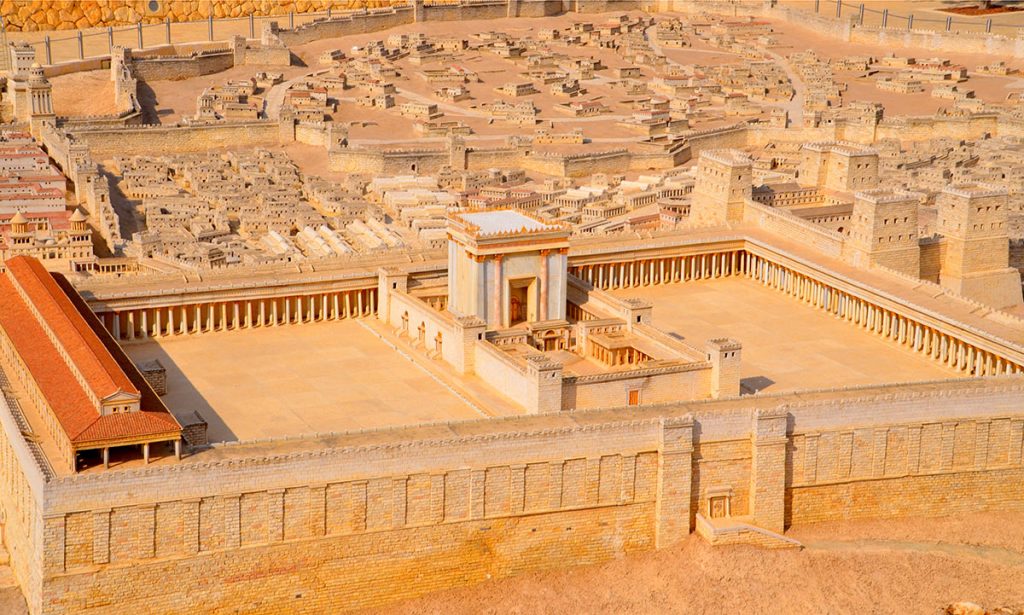
Jerusalem was sacked and much of the population was killed or dispersed. Josephus claims that 1,100,000 people were killed during the siege, most of whom were Jewish. Josephus’s death toll assumptions are rejected as impossible by modern scholarship since about a million people then lived in the Land of Israel, half of them Jewish; and sizable Jewish populations remained in the area after the war was over; even in the hard-hit region of Judea. However, 97,000 were captured and enslaved; including Simon Bar-Giora and John of Gischala. Many fled to areas around the Mediterranean Sea. Titus reportedly refused to accept a wreath of victory; as he claimed that he had not won the victory on his own but had been the vehicle through which their God had manifested his wrath against his people.
The Jewish diaspora during the Temple’s destruction, according to Josephus; was in Parthia (Persia); Babylonia (Iraq), and Arabia, and some were beyond the Euphrates and in Adiabene (Kurdistan).
Titus is Heir to Vespasian
Unable to sail to Italy during the winter; Titus celebrated elaborate games at Caesarea Maritima and Berytus and then traveled to Zeugma on the Euphrates; where he was presented with a crown by Vologases I of Parthia. While he was visiting Antioch; he confirmed the traditional rights of the Jews in that city.
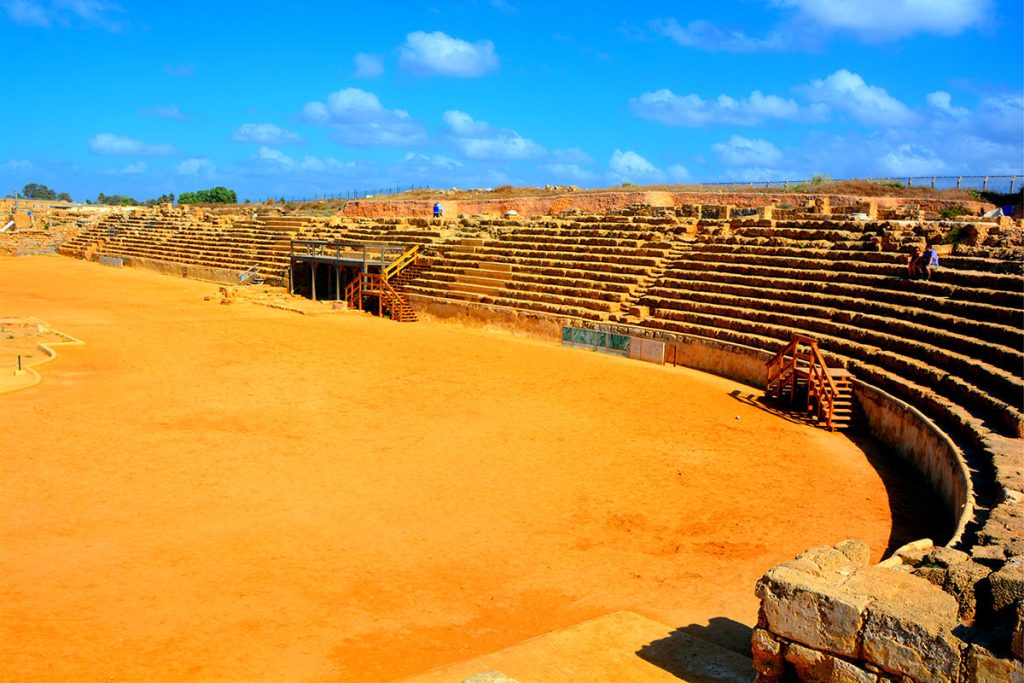
On his way to Alexandria, he stopped in Memphis to consecrate the sacred bull Apis. According to Suetonius, that caused consternation since the ceremony required Titus to wear a diadem, which the Romans associated with monarchy. The partisanship of Titus’s legions had already led to fears that he might rebel against his father. According to Suetonius, Titus returned quickly to Rome, hoping to allay any suspicions about his conduct.
Titus is Awarded A Triumph in Rome
Upon his arrival in Rome in 71, Titus was awarded a triumph. Accompanied by Vespasian and Domitian; Titus rode into the city; enthusiastically saluted by the Roman populace and preceded by a lavish parade containing treasures and captives from the war. Josephus describes a procession with large amounts of gold and silver carried along the route; followed by elaborate re-enactments of the war, Jewish prisoners, and finally the treasures taken from the Temple of Jerusalem, including the Menorah (Candelabrum) and the Pentateuch. Simon Bar Giora was executed in the Forum, and the procession closed with religious sacrifices at the Temple of Jupiter. The triumphal Arch of Titus, which stands at one entrance to the Forum, memorializes the victory of Titus.
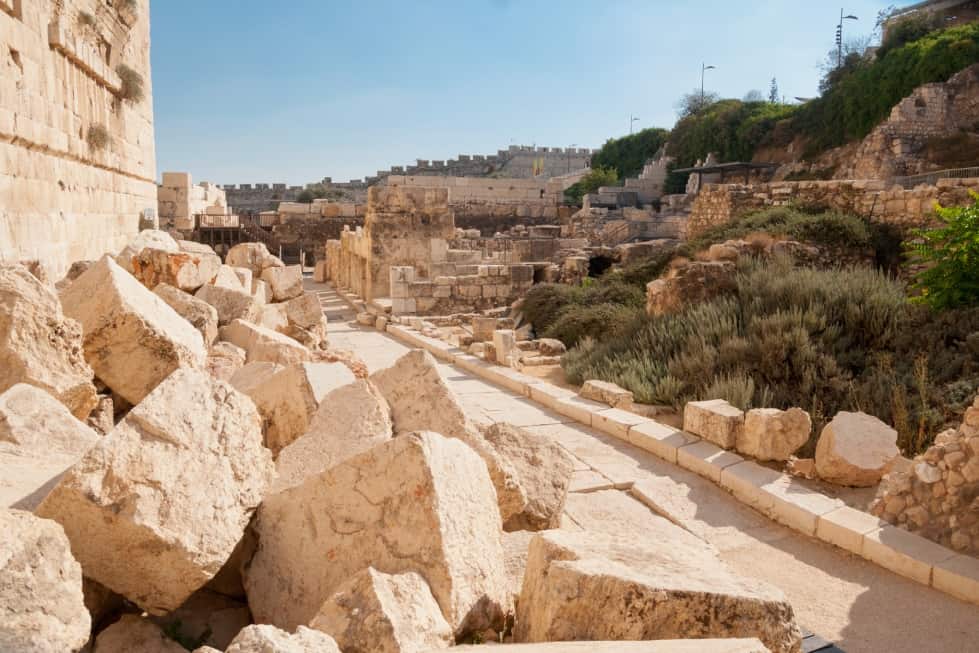
During the Jewish wars, Titus had begun a love affair with Berenice; the sister of Agrippa II. The Herodians had collaborated with the Romans during the rebellion, and Berenice herself had supported Vespasian in his campaign to become emperor. In 75, she returned to Titus and openly lived with him in the palace as his promised wife. The Romans were wary of the eastern queen and disapproved of their relationship. When Cynics publicly denounced the pair in the theatre, Titus caved into the pressure and sent her away; but his reputation suffered further regardless.







